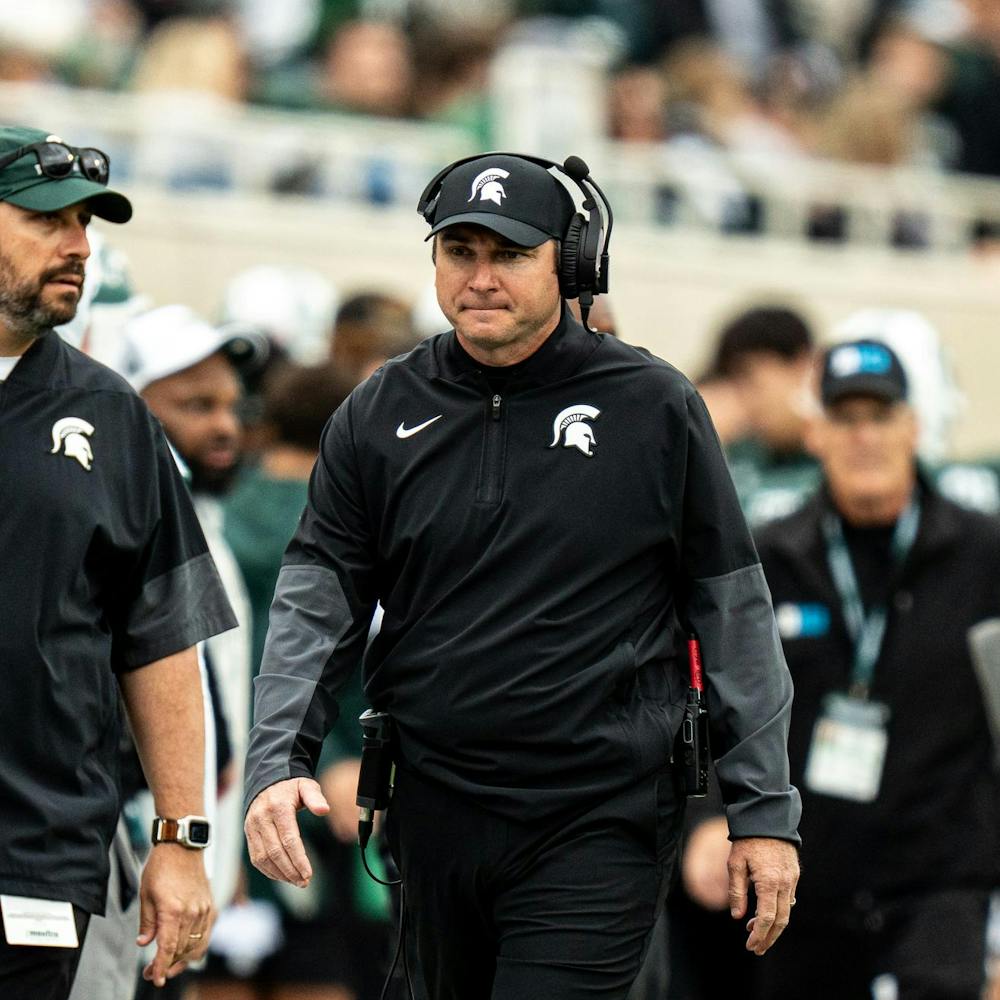I am writing this letter as the acting director of the MSU Counseling Center in response to the recent State News article, “COGS endorses student health care adjustments.”
This letter is intended to share with a larger audience some of the information presented at a recent COGS meeting, including some national trends that have had a direct impact on mental health services at MSU.
In the past, mental health issues in higher education were relatively peripheral, coming to wider attention only occasionally and only in the aftermath of a crisis or a tragedy. During the last several years, these issues have been receiving more attention at the national level because of their impact on students’ personal functioning, on campus safety and on academic performance and retention. The simplest way to describe this trend is to say that mental health issues have become much more central to the life of every university.
In a general sense, many more students currently are experiencing psychological stress that impacts their lives as students. In a clinical sense, more students are seeking mental health treatment, and their presenting concerns are more severe.
National survey data illustrates this trend. For example, in the most recent National College Health Assessment (NCHA, 2012), 10 percent of male students and 25 percent of female students reported at least one mental health condition. The gender difference may be because of cultural factors, such as a relative reluctance among men to admit “weakness” and to seek professional help. This survey also indicated that among students seeking services at university counseling centers, the prevalence of more severe mental health diagnoses nearly tripled, increasing from 16 percent of those students who sought treatment in the year 2000 to 44 percent in 2010.
In a separate survey of university counseling center directors, 93 percent reported that their centers had experienced an increased demand for services. Consistent with this finding, at the MSU Counseling Center we have experienced a 76 percent increase in the number of students seen in clinical services throughout the past six years. The national trend toward increased demand for services and increased acuity of presenting concerns has sparked a great deal of interest among mental health professionals in higher education, but the reasons for the trend are not completely clear.
Possible explanations include: increased financial stress on students; increased access to mental health treatment prior to college, resulting in more students with mental health issues able to be academically successful in high school and to move on to higher education; collective anxiety and depression created by social and political factors such as terrorist threats and campus shooting incidents; decreased stigma around mental health issues, leading to greater numbers of students who are willing to seek professional help; the negative impact of technology and social media on psychological and neurological development, including changes in attention, learning, mood, anxiety and social relationships.
MSU has begun to respond to these trends. For example, the Counseling Center has added four new positions in the past five years. MSU also was awarded a federal grant for suicide-prevention efforts, and the project is now sustainable thanks to the commitment of multiple units on campus.
To elaborate on the theme of collaboration, there are multiple units on campus that address student mental health, including the Counseling Center, Student Health Services at Olin and in the Neighborhoods, the Psychological Clinic, the Couple and Family Therapy Clinic, the Employee Assistance Program, the MSU Psychiatry Clinic, Safe Place, Graduate Life and Wellness and the Resource Center for Persons with Disabilities. Many of these units work closely together to coordinate clinical and prevention services to serve more students.
Regarding access to services, it may be helpful to outline the Counseling Center’s intake process and our clinical model. As the center’s website indicates, we use a same-day, walk-in system for students’ initial visit. This model emphasizes accessibility and crisis intervention.
As resources permit, additional services are provided beyond the initial meeting. Some students are seen in time-limited individual or group counseling in the center, some are referred for concurrent psychiatric or medical care at Student Health Services, some are referred to off-campus providers for longer-term or specialized treatment and some students who are not in crisis and who are able and willing to wait are placed on a waitlist for roughly two to six weeks before they are assigned for ongoing counseling.
To help students during this interim period, the center now offers drop-in support groups two days per week. The walk-in system is also available during open office hours for any student on the waitlist who is in crisis or requires a follow-up consultation.
Finally, I would like to emphasize that the national trends highlight the fact that mental health is a public health issue, and as such, it is a community responsibility. Each person at MSU can play a role in creating a healthier campus by attending to our own stress, by communicating with authenticity, and by expressing concern for the suffering of others.
By moving this issue into the forefront of our collective awareness, we help to create a richer, more diverse and more connected campus culture. Too often, we equate mental health with strength of will and rational control over our emotional experience. Instead, we might benefit from adopting an attitude of receptivity, empathy and compassion toward ourselves and each other.
Scott Becker, acting director of the Counseling Center
Support student media!
Please consider donating to The State News and help fund the future of journalism.
Discussion
Share and discuss “Letter: Counseling Center equipped to handle more students” on social media.






